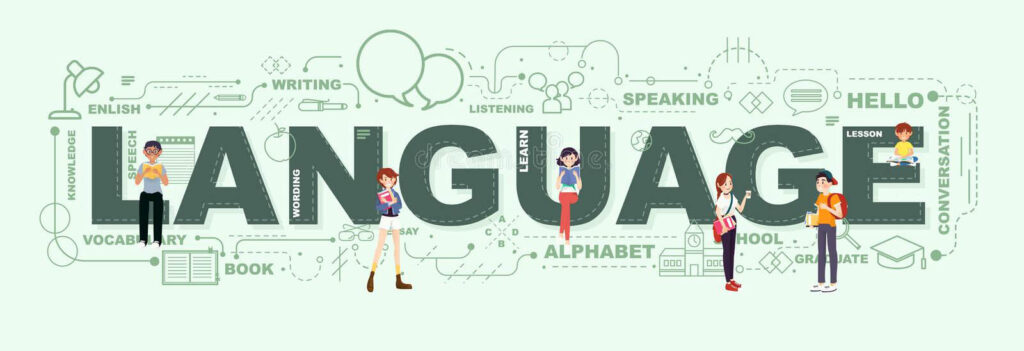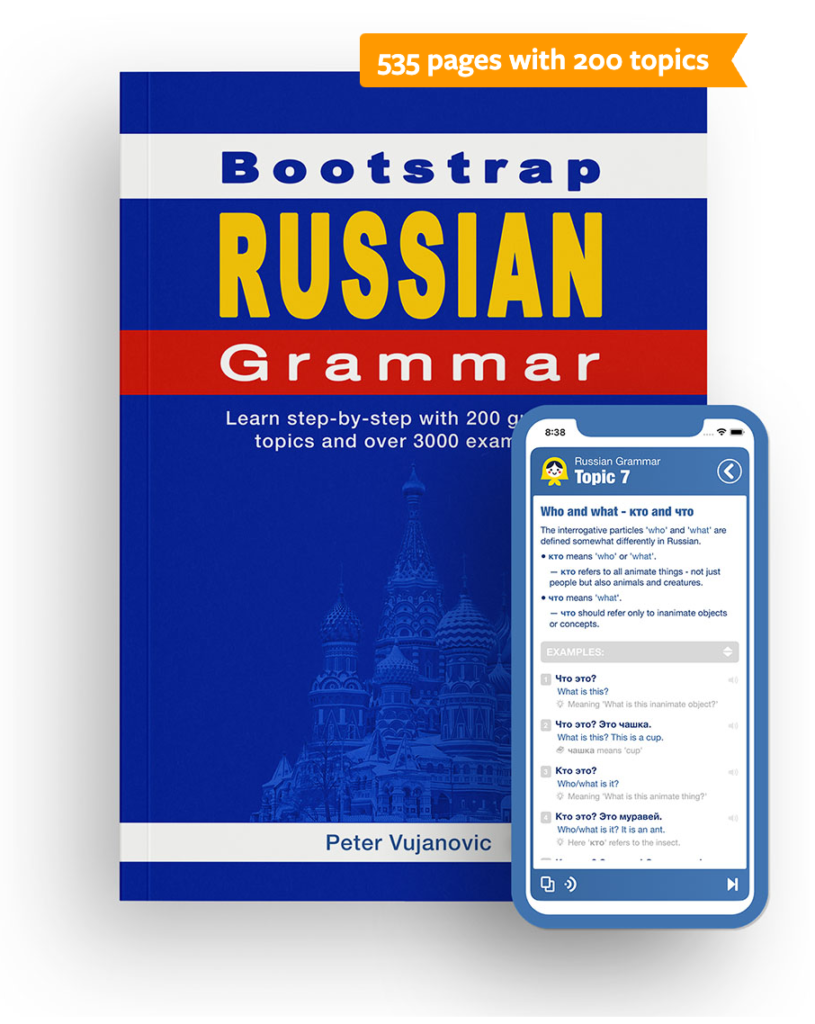
Learning a new language is a challenging but rewarding experience that can open up new doors and opportunities in life. However, some languages are considered to be more difficult to learn than others, due to their complex grammar, pronunciation, and writing systems. In this article, we will take a look at the languages that are widely considered to be the hardest to learn and provide insight into the reasons behind their difficulty.
Factors That Influence Language Difficulty
Before diving into the list of the hardest languages to learn, it’s important to understand the factors that influence language difficulty. Some of the key factors include:
- Grammar rules: Some languages have complex grammar rules that can be difficult to master, such as the cases in German or the verb conjugations in Arabic.
- Vocabulary: The size and complexity of a language’s vocabulary can also make it challenging to learn. For example, Mandarin has thousands of characters, many of which have multiple meanings.
- Pronunciation: The pronunciation of a language can also pose a challenge, particularly if it involves sounds that are not found in the learner’s native language.
- Culture: The cultural differences between a learner’s native language and the target language can also make learning the language more challenging.
Russian: The Most Challenging Slavic Language
Russian is widely believed to be one of the hardest languages to learn, and for good reason. Its complex grammar, which includes six cases and a multitude of irregular verbs, can be difficult for English speakers to grasp. Additionally, the Cyrillic alphabet, which is used to write Russian, is not as intuitive as the Latin alphabet used in English, making it difficult for non-native speakers to read and write. Furthermore, the pronunciation of Russian can be difficult for English speakers, as it includes a number of unique sounds that are not found in the English language.
Arabic: A Unique Writing System and Grammar
Arabic is another language that is widely considered to be one of the hardest to learn. The Arabic alphabet, which is written from right to left, can be difficult for English speakers to get used to, and the grammar of the language is equally challenging. Arabic features a unique system of pluralization, in which the plural form of a word can be entirely different from its singular form. Additionally, the pronunciation of Arabic can be difficult for English speakers, as it includes a number of sounds that are not found in English.
Chinese: A Tonal Language with a Complex Writing System
Chinese, particularly Mandarin, is another language that is considered to be one of the hardest to learn. Mandarin is a tonal language, which means that the meaning of a word can change depending on the tone used to pronounce it. This can be a difficult concept for English speakers to grasp, as the English language does not have a tonal system. Additionally, the writing system of Chinese is complex, featuring thousands of characters that must be memorized in order to read and write the language fluently.
Korean: A Language with a Unique Writing System and Grammar
Korean is another language that is considered to be difficult to learn, especially for English speakers. The Korean writing system, called Hangul, is unique and can be difficult to understand and memorize, especially for those who are used to the Latin alphabet used in English. Additionally, the grammar of Korean is complex, featuring a unique system of verb conjugation and a large number of irregular verbs.
Furthermore, Korean pronunciation can also be challenging for English speakers, as it includes a number of unique sounds that are not found in the English language. This can make it difficult for non-native speakers to understand spoken Korean and to be understood when speaking the language themselves.
Despite these challenges, however, many people still choose to learn Korean, drawn by its rich culture, vibrant economy, and fascinating history. Whether you are looking to expand your job prospects, experience Korean culture, or simply broaden your linguistic abilities, learning Korean can be a rewarding and fulfilling experience.
Japanese: A Complex Writing System and Pronunciation
Japanese is another language that is considered to be difficult to learn, particularly due to its writing system. The Japanese writing system uses a combination of three scripts: hiragana, katakana, and kanji. Hiragana and katakana are syllabic scripts, while kanji are logographic characters borrowed from the Chinese writing system. This combination of scripts can be difficult for English speakers to understand and memorize, especially since kanji characters can have multiple pronunciations and meanings.
Additionally, Japanese pronunciation can also be challenging for English speakers. The Japanese language includes a number of unique sounds and pronunciation rules that can be difficult to master, making it challenging for non-native speakers to understand spoken Japanese and to be understood when speaking the language themselves.
Despite these difficulties, many people still choose to learn Japanese for a variety of reasons. Whether you are looking to expand your job prospects, experience Japanese culture, or simply broaden your linguistic abilities, learning Japanese can be a rewarding and fulfilling experience. With dedicated study and practice, you can master the complexities of the Japanese writing system and pronunciation, and become proficient in speaking and understanding this fascinating language.
Hungarian: An Isolating Language with Complex Grammar
Hungarian is another language that is widely considered to be one of the hardest to learn. Hungarian is an isolating language, meaning that words are not inflected to show tense, case, or number. This can be a difficult concept for English speakers to grasp, as the English language is a highly inflected language. Additionally, the grammar of Hungarian is complex, featuring a unique system of vowel harmony and numerous irregular verbs.
Finnish: A Uralic Language with Complex Grammar
Finnish is a Uralic language that is spoken in Finland and is widely considered to be one of the hardest languages to learn. Finnish has a complex grammar that includes 15 cases, making it one of the most heavily inflected languages in the world. Additionally, the pronunciation of Finnish can be difficult for English speakers, as it includes a number of unique sounds that are not found in the English language.
Concluding Thoughts on the Difficulty of Learning Russian, Arabic, Hungarian, Finnish, Chinese, Japanese, and Korean
In conclusion, Russian, Arabic, Hungarian, Finnish, Chinese, Japanese, and Korean are considered to be challenging languages to learn, particularly for English speakers. Each of these languages presents its own unique difficulties, whether it be the complex grammar of Russian or Hungarian, the unique writing systems of Chinese, Japanese, and Korean, or the pronunciation challenges posed by Arabic and Finnish.
However, despite these difficulties, many people still choose to learn these languages, drawn by their rich cultures, fascinating histories, and potential career opportunities. Whether you are looking to expand your job prospects, experience the vibrant cultures of Russia, the Middle East, Hungary, Finland, China, Japan, and Korea, or simply broaden your linguistic abilities, learning these languages can be a rewarding and fulfilling experience.
With dedicated study and practice, you can overcome the challenges posed by the grammar, writing systems, and pronunciation of these languages, and become proficient in speaking and understanding Russian, Arabic, Hungarian, Finnish, Chinese, Japanese, and Korean. Whether you choose to focus on one language or all seven, the linguistic and cultural rewards of learning these fascinating languages are numerous.











